Compounded GLP-1
weight loss medication
$249 $199 Your first month
Personalized for you, prescribed online
- Includes medication cost, access to provider and free shipping
- Customized for individuals with vitamin B6 which can support energy levels, digestion and nausea
- Ongoing care at no additional cost
- No insurance required
- No hidden fees
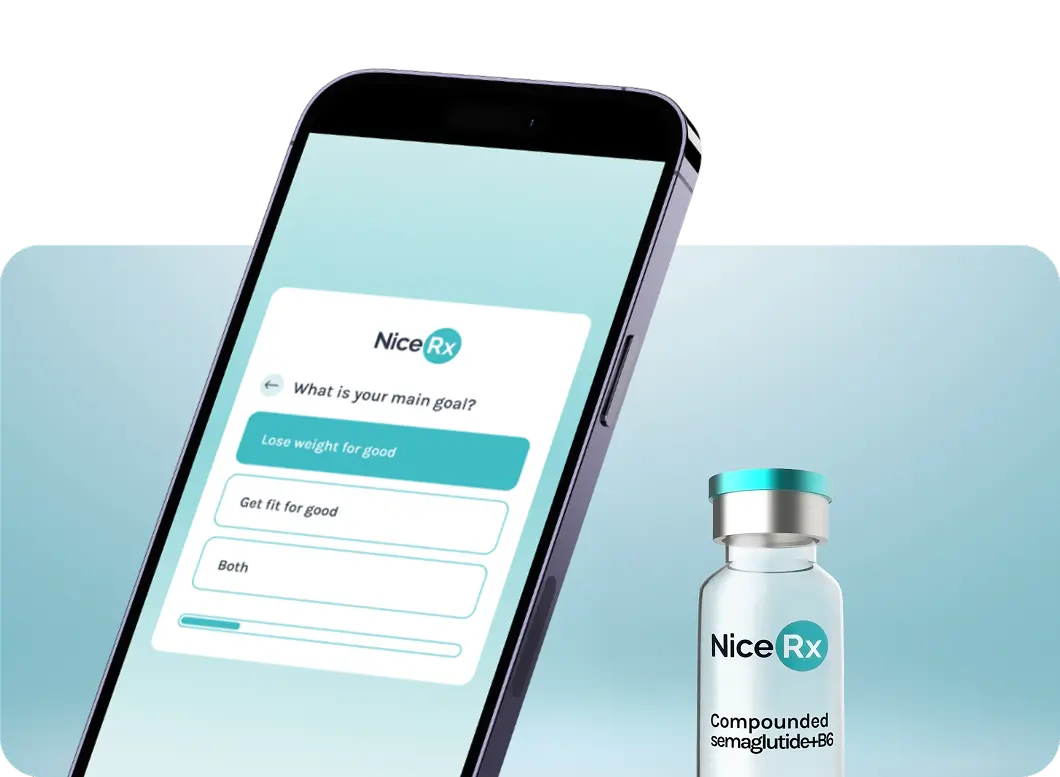
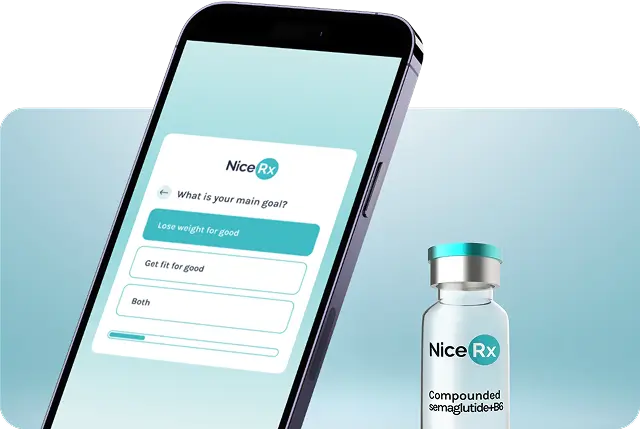
*Safety info: GLP-1 drugs may have serious side effects, including possible thyroid tumors. Do not use GLP-1 drugs if you or your family have a history of thyroid cancer called MTC or MEN 2. See more important safety information.
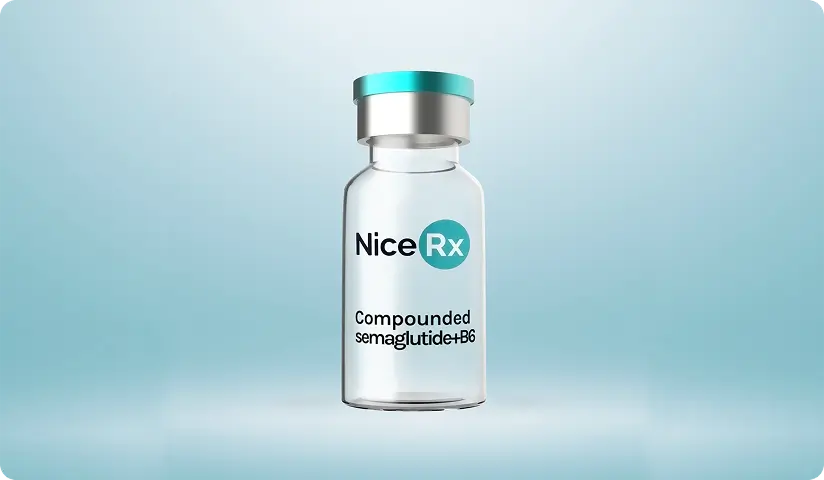
$50 off
-

- In stock
Compounded Semaglutide + B6
First month: $199 $249
$249 every month thereafter, cancel anytime
- Weekly injection
- Personalized dosing and treatment plan
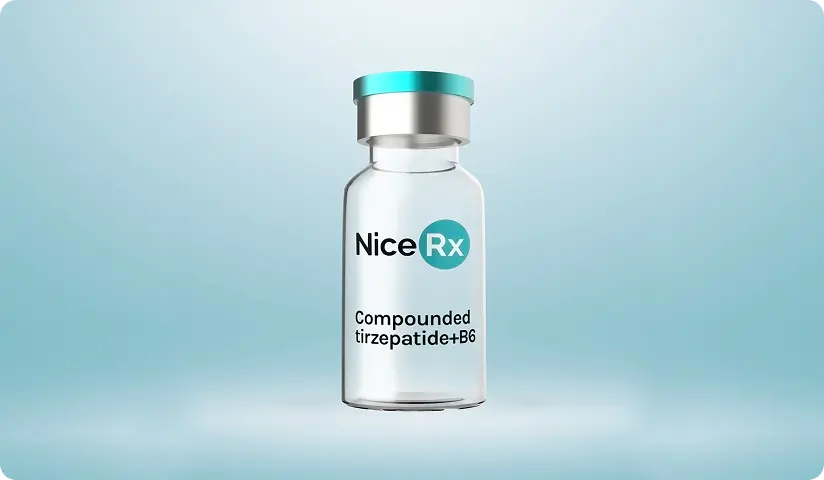
$50 off
-

- In stock
Compounded Tirzepatide + B6
First month: $299 $349
$349 every month thereafter, cancel anytime
- Weekly injection
- Personalized dosing and treatment plan
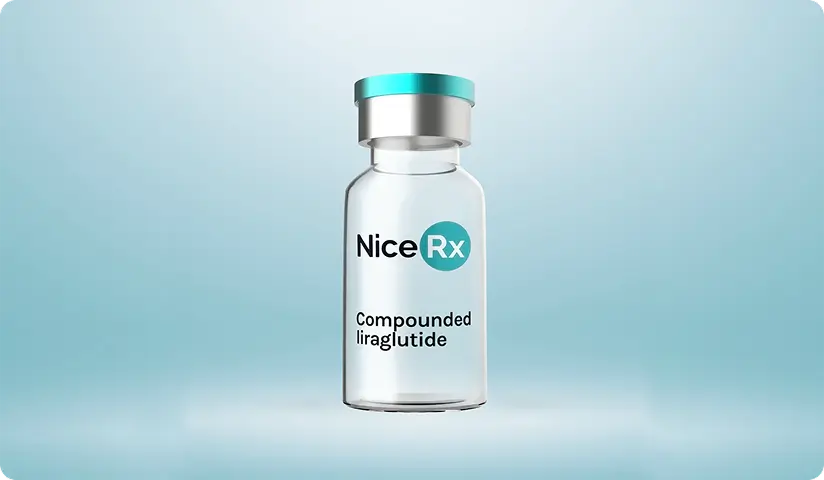
$50 off
-

- In stock
Compounded Liraglutide
First month: $199 $249
$249 every month thereafter, cancel anytime
- Daily injection
- Personalized dosing and treatment plan
As an alternative to FDA-approved brand name products, a provider may prescribe a compounded drug where medically appropriate after an online consultation. Providers may prescribe compounded drugs as needed to meet patient requirements or drug shortages. Compounded drugs are prepared by a state-licensed compounding pharmacy partner and are permitted under federal law, however, they are not approved by the FDA and do not undergo safety, effectiveness, or manufacturing review. Results may vary. Plans are available as a subscription and you can cancel at any time. Actual product packaging might differ from the images displayed.
What's included in the program?

Online consultation and prescription

Medication cost and free shipping

Sterile injection kit

Ongoing clinical care and support
How NiceRx works
NiceRx makes it easy to get started with no insurance required!
Take the quiz
Complete a 2 minute health assessment to get pre-approved for treatment instantly.
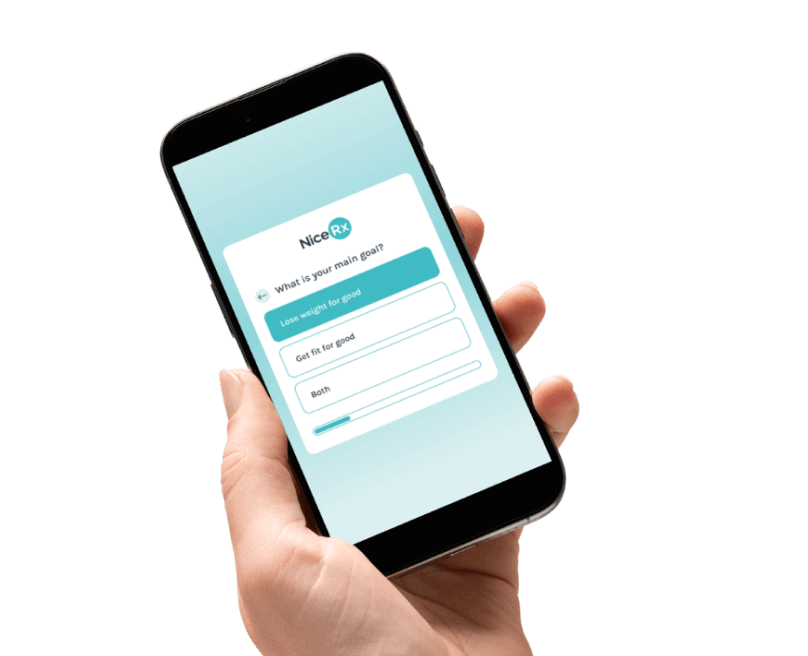
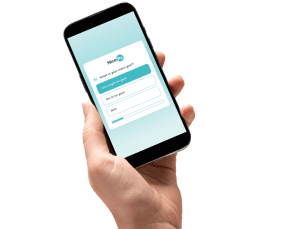
Consult with a
licensed physician
Speak to a board-certified physician online to find the right medication for you.


Receive medication
Medication is delivered to your home from a licensed U.S. pharmacy on an ongoing basis without interruption.
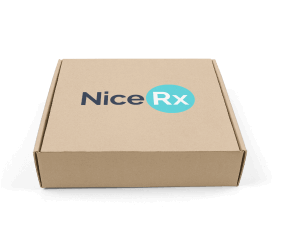

Reviews from NiceRx customers

Lost 50 lb.

Lost 30 lbs.

Lost 31 lbs.

Lost 44 lbs.

Lost 20 lbs.

Lost 35 lbs.

Lost 20 lbs.

Lost 35 lbs.

Lost 35 lbs.

Lost 20 lbs.

Lost 60 lb.
*Real users that are paid for appearance. Individual results may vary.






Your questions answered
What is NiceRx?

NiceRx is an online prescription drug savings and telehealth company that connects you with licensed U.S. clinicians and pharmacies.
How does NiceRx work?

It’s fast and easy to get started. Simply click Get Started to complete an online quiz to find out if you are eligible for treatment. If eligible, you can check out and submit your shipping address and payment details. You will schedule a time that is convenient for you to have an online visit with a licensed U.S. provider.
A licensed healthcare provider will provide a custom dosing and treatment plan tailored to your individual needs.
If approved, you will be billed monthly and receive an ongoing supply of medication from a licensed U.S. pharmacy. You can cancel at any time.
Does NiceRx require insurance?

No, NiceRx does not require insurance. You can order from NiceRx whether or not you have insurance.
How is NiceRx responding to drug shortages?

NiceRx and its affiliated healthcare providers are taking measures to assist patients in their weight loss journey. Providers may personalize the treatment plan for patients if deemed clinically appropriate. These adjustments could involve prescribing alternative GLP-1 medications, customized dosing and formulations, and working collaboratively on a personalized treatment plan, in combination with diet, lifestyle, and fitness activities.
If a provider decides that a GLP-1 medication is medically appropriate, the sooner a patient joins the program, the quicker our team can work towards assisting you with your weight loss journey.
What states is NiceRx available?

NiceRx is currently available in all states except for Alaska, Indiana, Mississippi, New Jersey, New York and Kansas.
If service is currently unavailable in your state, you can sign up to a waiting list to be notified when service is available in your state.
What medications are available and what do they cost?

NiceRx offers personalized treatment plans that are prescribed by a licensed U.S. healthcare provider if medically appropriate. All medications are shipped by a licensed U.S. pharmacy.
Currently, NiceRx offers the following medications:
- Compounded semaglutide + B6 – $249/month
- Compounded tirzepatide + B6 up to 9.5 mg/weekly – $349/month
Get started today and get $50 off your first month.
Who is qualified?

A licensed healthcare provider will review your health history and goals when deciding if a prescription medication is appropriate for you.
Is it safe?

Our partner pharmacies are state-licensed and comply with state and federal regulations for compounding medications. Compounding pharmacies are routinely inspected by authorized regulatory bodies in their state. If approved for a prescription, the medication is shipped directly to your home in discreet packaging. We offer free expedited shipping at no additional cost.
Do you provide ongoing care?

Yes, ongoing care is provided at no additional cost. We are available to answer any questions. You can also schedule a follow up visit with your provider to discuss any adjustments to your treatment plan.
What should I do in case of an emergency?

In case of an emergency, you should immediate call 911 or visit an urgent care or Emergency Department.
What is the cancellation and refund policy?

You can cancel the service at any time. While we are unable to accept returns, we are committed to addressing any of your concerns.
Medication disclaimers
Compounded semaglutide + B6
Compounded semaglutide + B6 is an injectable glucagon-like peptide-1 (GLP-1) prescription drug that can help people with obesity (BMI ≥30) or overweight (BMI ≥27) to lose weight and keep it off. This medication should be used in combination with a reduced-calorie diet and increased physical activity.
Semaglutide + B6 is injected subcutaneously once weekly. Semaglutide + B6 is typically initiated at a low dose and is gradually increased over time.
If the patient does not tolerate a specific dose during the dose escalation period, consider delaying the dose escalation for 4 weeks.
You can administer at any time of the day, on the same day each week, with or without meals. Inject subcutaneously in the stomach (abdomen), thigh, or upper arm, and make sure to change the injection site with each dose.
The most common side effects are:
- nausea
- diarrhea
- vomiting
- constipation
- stomach (abdominal) pain
- headache
- tiredness (fatigue)
- upset stomach
- dizziness
- feeling bloated
- belching
- gas
- stomach flu
- heartburn
- runny nose or sore throat
Other serious side effects may include:
- inflammation of the pancreas (pancreatitis)
- increased heart rate
- low blood sugar (hypoglycemia)
- serious allergic reactions
- kidney problems (kidney failure)
- gallbladder problems
- change in vision in people with type 2 diabetes
- depression or thoughts of suicide
All GLP-1 medications have a black box warning about the risks of thyroid cancer (c-cell tumors).
A black box warning is the most stringent warning from the Food and Drug Administration (FDA) that alerts healthcare providers and patients about potential severe side effects that may be dangerous.
Compounded tirzepatide + B6 is an injectable weight loss medication that activates glucagon-like peptide-1 (GLP-1) and gastric inhibitory peptide (GIP) which are hormones that are involved in controlling blood sugar (glucose). Compounded tirzepatide + B6 is used for chronic weight management in adults with obesity (BMI ≥30) or overweight (BMI ≥27) in combination with a reduced-calorie diet and increased physical activity.
The medication is injected weekly subcutaneously (under the skin) of the stomach, thigh, or upper arm. Make sure to rotate the injection site with each dose.
The most common side effects are:
- nausea
- diarrhea
- decreased appetite
- vomiting
- constipation
- indigestion
- stomach (abdominal) pain
- injection site reactions
- feeling tired
- allergic reactions
- hair loss
- belching
- heartburn
Other serious side effects may include:
- inflammation of the pancreas (pancreatitis)
- low blood sugar (hypoglycemia)
- serious allergic reactions
- kidney problems (kidney failure)
- severe stomach problems
- changes in vision in patients with type 2 diabetes
- gallbladder problems
Learn more about Tirzepatide side effects and how to avoid them
All GLP-1 medications have a black box warning about the risks of thyroid cancer (thyroid c-cell tumors).
A black box warning is the most stringent warning from the U.S. Food and Drug Administration (FDA) that alerts healthcare professionals and patients about potential severe side effects that may be dangerous.
Compounded liraglutide is a synthetic version of the natural hormone glucagon-like peptide-1 (GLP-1). It’s an injectable prescription medication that can help people with obesity (BMI ≥30) or overweight (BMI ≥27) with chronic weight management when combined with a reduced-calorie diet and exercise.
Liraglutide is injected subcutaneously (under the skin) once daily. It is typically started at a low dose of 0.6 mg daily.
The medication can be administered at any time of the day, with or without meals. Inject at the same time every day under the skin of the stomach (abdomen), thigh, or upper arm, and make sure to rotate the injection site.
The most common side effects are:
- nausea
- diarrhea
- vomiting
- constipation
- injection site reaction
- low blood sugar (hypoglycemia)
- headache
- upset stomach (dyspepsia)
- tiredness (fatigue)
- dizziness
- stomach pain
- change in enzyme levels in blood
Other serious side effects may include:
- inflammation of the pancreas (pancreatitis)
- increased heart rate
- increased risk of low blood sugar (hypoglycemia)
- serious allergic reactions
- kidney problems (kidney failure)
- gallbladder problems
- food or liquid getting into the lungs during surgery or other medical procedures that use anesthesia or deep sedation
- depression or thoughts of suicide
All GLP-1 medications have a black box warning: risk of thyroid C-cell tumors.